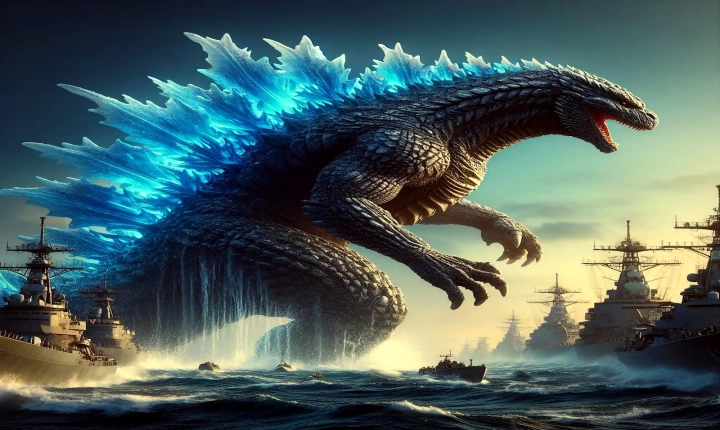Title: How to Train an Image AI: A Step-by-Step Guide
Artificial Intelligence (AI) has revolutionized the way we interact with technology, and image recognition AI is one of the most exciting applications of this technology. With the ability to recognize and categorize images, image AI has far-reaching implications, from improving medical diagnoses to enhancing security systems. Training an image AI requires careful planning and execution, but with the right approach, anyone can successfully train their own image recognition model. In this article, we will walk you through the steps to train an image AI from scratch.
1. Define Your Objective:
Before diving into training your image AI, it’s crucial to clearly define your objective. Are you looking to identify specific objects or classify images into distinct categories? Understanding your end goal will help you shape the training process and select the appropriate dataset for your AI model.
2. Gather and Label Training Data:
The next step is to gather a diverse and comprehensive dataset that reflects the images your AI will encounter in the real world. Label each image with the appropriate category or object to provide the AI with clear, structured data. There are various platforms and tools available that can help streamline this process, such as LabelImg or CVAT.
3. Choose a Model Architecture:
Selecting the right model architecture is essential for training a successful image AI. Consider factors such as speed, accuracy, and the complexity of your dataset when choosing a model architecture. Popular choices include Convolutional Neural Networks (CNNs) such as ResNet, Inception, or EfficientNet. Many pre-trained models are also available and can be fine-tuned to suit your specific needs.
4. Preprocess and Augment Data:
Preprocessing and augmenting your training data can significantly improve the performance of your image AI. Image preprocessing techniques such as normalization, resizing, and data augmentation (e.g., flipping, rotating, and adding noise) can help the AI model generalize better and improve its ability to recognize objects in diverse conditions.
5. Train and Fine-Tune the Model:
With your labeled dataset and chosen model architecture, it’s time to train the AI model. Utilize frameworks like TensorFlow, PyTorch, or Keras to train and fine-tune your model. Monitor the training process closely, adjusting parameters such as learning rate, batch size, and dropout rates as necessary to achieve optimal performance.
6. Evaluate and Test the Model:
After training, it’s essential to evaluate the performance of your image AI model. Use a separate validation dataset to assess its accuracy, precision, recall, and other relevant metrics. Iterate on your model based on the evaluation results, making necessary adjustments to improve its performance.
7. Deploy and Monitor:
Once your image AI model meets your predefined performance thresholds, it’s time to deploy it in a real-world application. Whether it’s for object recognition, image classification, or any other use case, closely monitor its performance in production and incorporate feedback to continuously improve its accuracy and reliability.
In conclusion, training an image AI requires a systematic and iterative approach, from defining your objective to deploying and monitoring the model in a real-world setting. With the right tools, dataset, and model architecture, anyone can successfully train an image recognition AI. As technology continues to evolve, the potential for image AI to transform various industries and applications is boundless, making it an exciting field to explore and innovate in.
